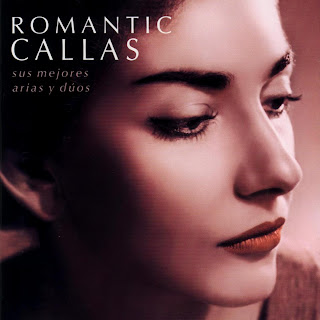Wiener Staatsoper Der Ring Des Nibelungen Wrap-Up

The set design was very mediocre. In the first three operas of the cycle it tended toward the abstract without actually going all the way down the rabbit hole. It is respectable that designers want to get away from the massive, grand sets and costumes with horns and metal bras. I imagine that there is a feeling among designers that they just can't top a "period" Ring set and that this well is dry. Nonetheless, if the decision is to go abstract, then full abstraction is probably requisite, rather than trying to make a literal interpretation feel abstract. This just leads to a sense that things were left out or skimped upon. Perhaps the greatest failing in the first three operas was the use of projected images that were downright hokey. Götterdämmerung went in the direction of purer abstraction and was consequently better, if still not entirely impressive (it also dropped the projected images). Some of hte costuming and some of the symbolism was appreciable, but in all this did not atone for the sins of the overall design concept.
The singing throughout the cycle was solid, if not stellar. Tomasz Konieczny in the earlier operas impressed as Alberich. Katarina Dalayman, before being taken by illness, was a winsome, youthful Brünnhilde. Christopher Ventris was a strong, heroic Siegmund. Linda Watson's Götterdämmerung Brünnhilde ended with a bang. Perhaps the most impressive singer, however, was Albert Dohmen in the roles of Wotan and Der Wanderer. As I've mentioned before, his voice might not have been the very biggest for the role, or even the most godlike and imposing. Still, he perfectly characterized a god who, while still acting with will and strength, was wearied of the world and his place in it, seeking reprieve. These were perhaps the highlights of the cycle, with the rest of the singers varying in their skill but often feeling (as is not unusual in Wagner repertoire) as though they were getting through the roles.
 The last word must go to Christian Thielemann and the various orchestras of the Wiener Staatsoper. It is easy to focus on singers, sets, and direction, since it is these elements that are most visible. Underlying this, however, is Wagner's music. Singers and sets are on stage for a while, but change and have moments of rest. The orchestra plays for every moment of the cycle. Indeed, it is important to remember that one of Wagner's great inspirations was Beethoven's Ninth Symphony, impressing him as a symphony with voices added to it. In this light, the orchestra and the base music are the foundation of Wagner's Ring Cycle, unlike some other composers who, at least to an extent, composed from the voice backward. Christian Thielemann's direction was immaculate, bringing out the leitmotifs, seeking subtlety in the music, and giving the orchestra its own definitively distinct voice when the singers fell silent. It was truly appropriate that the entire orchestral company took a bow at the end of Götterdämmerung, because if there was one mind blowing star in this production, it was Thielemann and his orchestra.
The last word must go to Christian Thielemann and the various orchestras of the Wiener Staatsoper. It is easy to focus on singers, sets, and direction, since it is these elements that are most visible. Underlying this, however, is Wagner's music. Singers and sets are on stage for a while, but change and have moments of rest. The orchestra plays for every moment of the cycle. Indeed, it is important to remember that one of Wagner's great inspirations was Beethoven's Ninth Symphony, impressing him as a symphony with voices added to it. In this light, the orchestra and the base music are the foundation of Wagner's Ring Cycle, unlike some other composers who, at least to an extent, composed from the voice backward. Christian Thielemann's direction was immaculate, bringing out the leitmotifs, seeking subtlety in the music, and giving the orchestra its own definitively distinct voice when the singers fell silent. It was truly appropriate that the entire orchestral company took a bow at the end of Götterdämmerung, because if there was one mind blowing star in this production, it was Thielemann and his orchestra.



Comments
Post a Comment